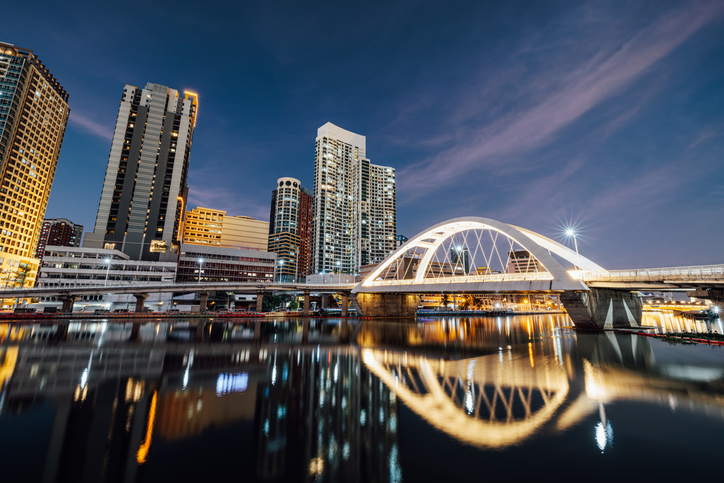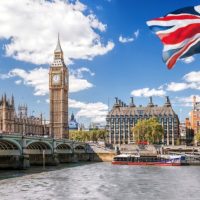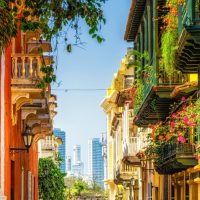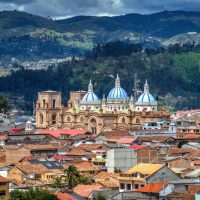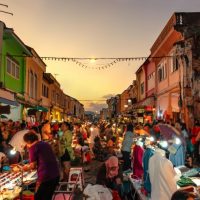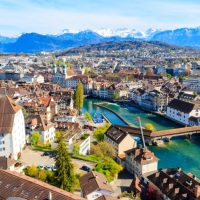The Philippines consistently ranks as one of the top tourist destinations in the world.
Travelers from all nations enjoy visiting the country’s exquisite islands, pristine hills, mountainous terrains, clear blue seas, and fine, sandy beaches while enjoying the delicious cuisine and friendly locals.
For this reason, many foreigners visit the Philippines and decide to call it home.
One major factor that helps with this decision is the country’s incredibly inexpensive!
If you’re considering moving to this wonderful country, it’s important to understand the cheapest cities to live in the Philippines.
Keep reading to learn more!
Contents
10 Cheapest Places to Live in the Philippines
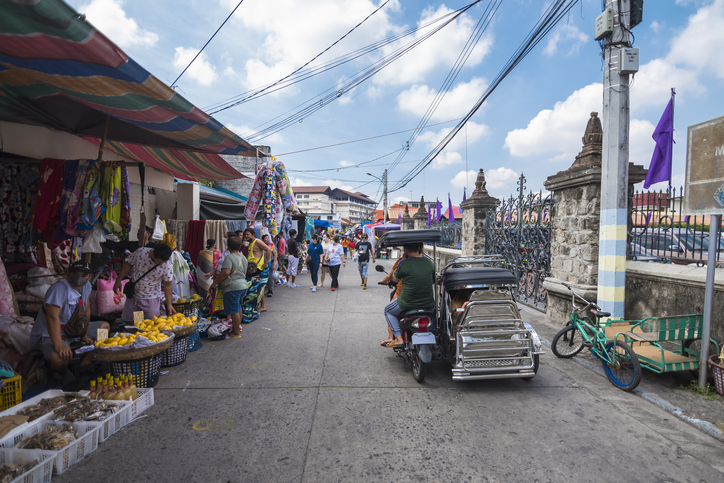
1. Angeles
Angeles is in the Pampanga Region, which is known for its entertainment and nightlife.
The city is also home to the Clark Freeport Zone, which is a former United States Air Force base that has been converted into a tourism hub and central business district.
The cost of living in Angeles is low with individuals being able to find a studio apartment for only PHP 8,000 per month.
Also, local beers and street food are inexpensive in the entertainment area.
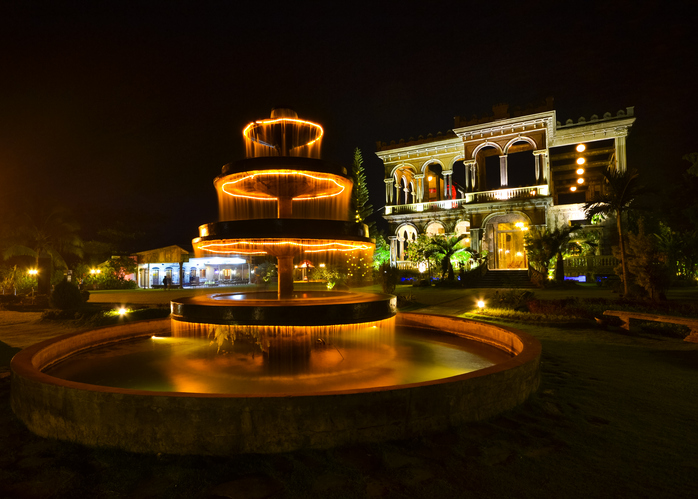
2. Bacolod
Known as the City of Smiles, Bacolod is an incredible city for long-term living.
Information technology is one of the fastest-growing industries in the city with small businesses rapidly expanding resulting in plenty of employment opportunities for those looking for a change of scenery.
Fruits and vegetables are incredibly affordable and a one-bedroom apartment in the city center will cost only PHP 8,000 to PHP 10,000 depending on the location.
You can easily live in Bacolod on a budget of PHP 20,000 to PHP 22,000.
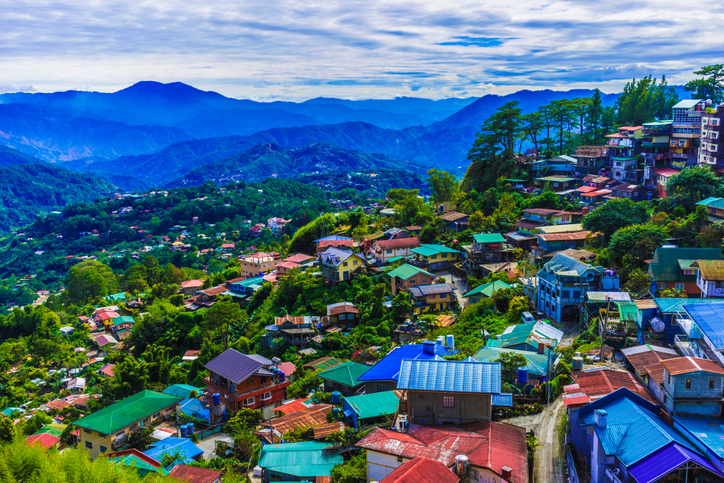
3. Baguio
Located in the Benguet Province, Baguio is one of the most urbanized cities in the region.
The city started as a military camp at the beginning of American colonization on the island and has since expanded into a city of 300,000 residents.
The province boasts a cool climate, making it The Philippines’ summer capital.
Baguio boasts modern facilities and infrastructure, as well as prestigious educational options.
Since the area surrounding the city is agricultural, produce and food are inexpensive.
A single resident can live comfortably with a monthly salary ranging from PHP 25,000 to PHP 30,000.
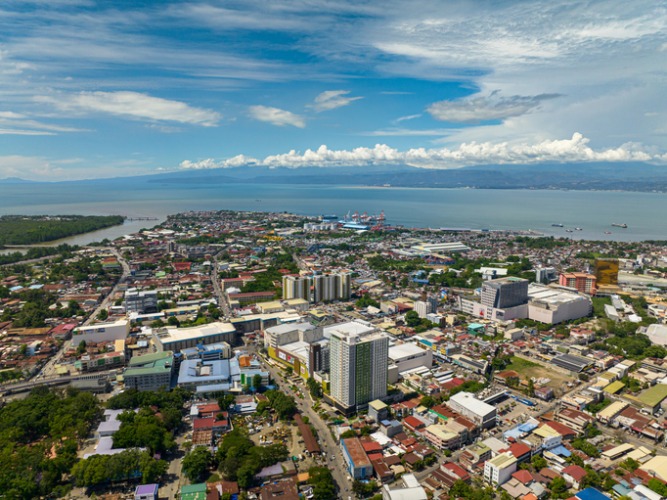
4. Cagayan de Oro
Cagayan de Oro (CDO) is a prominent city in Mindanao with countless employment opportunities, especially since many BPO companies call the city home.
Domestic and international investors are starting businesses and opening offices in the burgeoning business district.
CDO is the perfect choice for those who enjoy whitewater rafting and kayaking on the Cagayan de Oro River, as well as other outdoor activities.
The cost of living is rather inexpensive, with a single person needing only PHP 20,000 to PHP 25,000 per month to live comfortably.
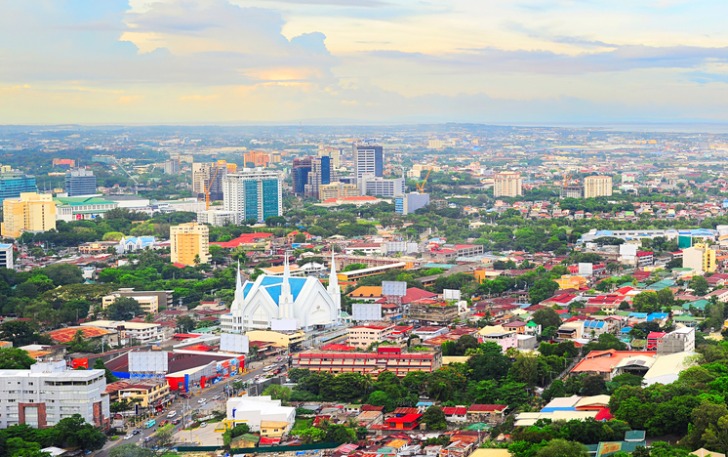
5. Cebu
As the second-largest city in the country, Cebu is situated in the Visayas Region, which served as the first capital of the Philippines and is now a popular tourist destination.
Although Cebu is incredibly popular, the cost of living continues to remain relatively low compared to most other cities in Southeast Asia.
The city boasts natural attractions, like waterfalls and beaches, in an urban setting.
Apartment rentals in Cebu can cost as low as PHP 10,000 per month, depending on the location.
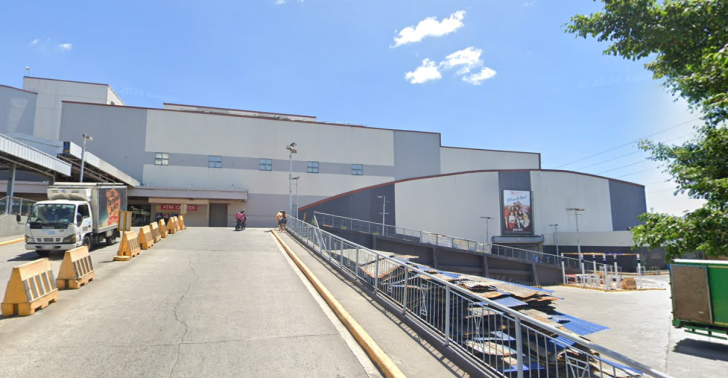
6. Dasmarinas
Situated in the Cavite Province, Dasmarinas is a first-class city grown significantly from its agricultural beginnings.
The city is the fastest growing in the province due to embracing industrialization and growth.
Dasmarinas has become a bedroom community since Metro Manila is only 1.5 hours away.
This proximity has also helped with the real estate boom and economic development growth.
Although the costs of goods and services are around the same as in Manila, the housing market is significantly cheaper.
A one-bedroom apartment in the city costs between PHP 3,000 and PHP 9,000 per month, depending on the location.
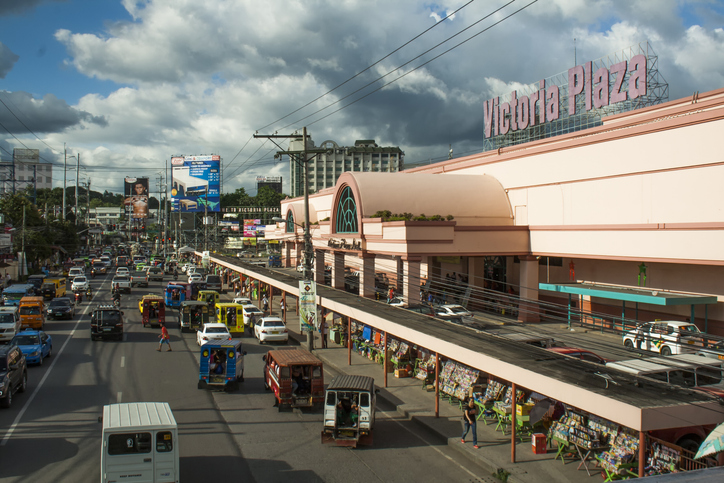
7. Davao
Davao is a coastal city that is highly urbanized and the largest city in the country based on land area.
For those seeking a more beachfront community in one of the most affordable areas of the country, Davao is a great choice.
To add to the list of benefits of living in Davao, it’s statistically one of the safest cities in the Philippines, so you can walk around without fear of being robbed or worse.
As a result of these benefits, the city is earning a reputation as being the next big property investment hub and is proving to be an emerging commercial city.
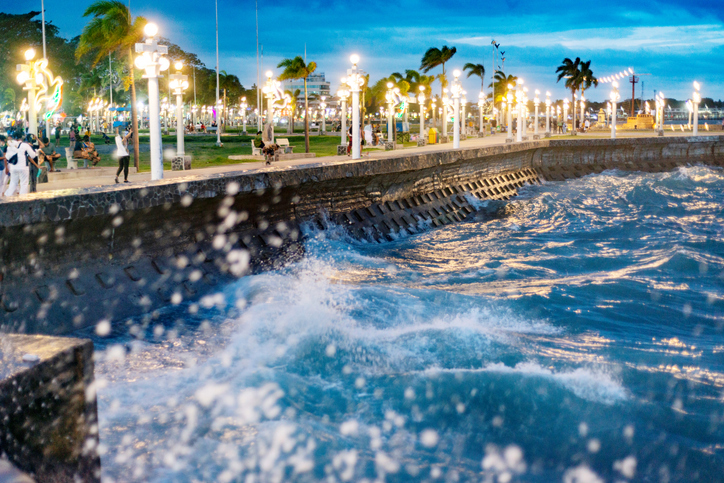
8. Dumaguete
Located in Negros Oriental, Dumaguete is referred to as the City of Gentle People due to its friendly locals and laid-back atmosphere.
Dumaguete boasts many universities, making it the preferred living location for students and a think tank for innovation and ideas.
A one-bedroom in the city costs only PHP 7,000 per month in a favorable location near Rizal Boulevard and historic landmarks.
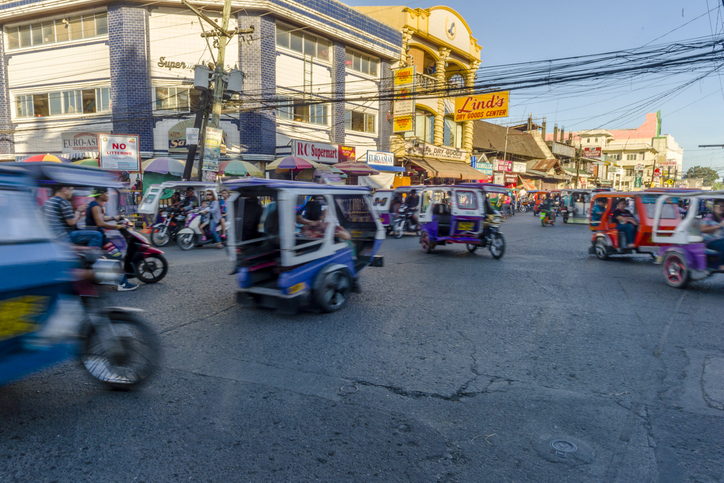
9. Iloilo City
With only a monthly budget of between PHP 21,000 and PHP 23,000, Iloilo is another one of the cheapest places to live in the Philippines.
The city is best known for having a vibrant business district, a thriving BPO industry, and a busy port.
Also, there are plenty of employment and entrepreneurial opportunities across numerous sectors.
Many goods and services are considerably cheaper in Iloilo than most other cities around the country.
Although Iloilo is far from the National Capital Region, there are still plenty of events and activities to enjoy while living here.
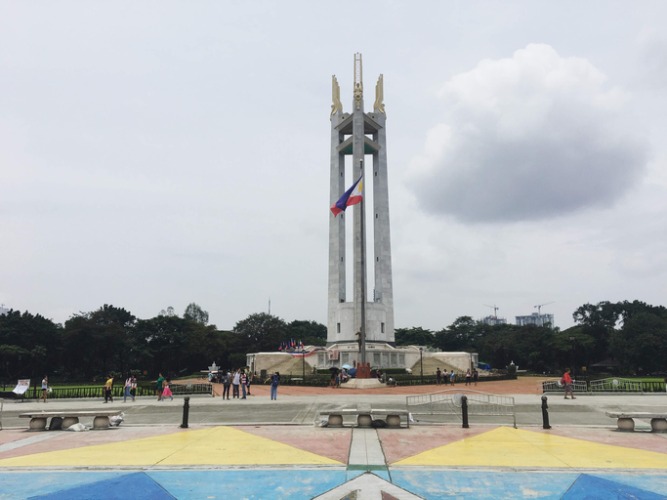
10. Quezon City
Unlike most countries, the most populated city in the Philippines, Quezon City, is also one of the least expensive.
Given the size of Quezon City, there are expensive and affordable areas, so those on a budget should look to the sections where the cost of living meets their budget.
For example, when searching for a rental, visitors should not consider SM North EDSA due to high monthly costs.
Also, many public markets exist around the city that offer meat and produce for much less than large grocery stores.
Quezon City is a highly urbanized city with modern institutions and facilities, and you can live comfortably for PHP 22,000 to PHP 26,000.
Philippines Safety Overview
READ THE FULL REPORT: Philippines Safety Review
Safety Index: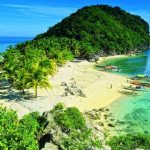
- OVERALL RISK: HIGH
- TRANSPORT & TAXIS RISK: HIGH
- PICKPOCKETS RISK: LOW
- NATURAL DISASTERS RISK: HIGH
- MUGGING RISK: HIGH
- TERRORISM RISK: HIGH
- SCAMS RISK: HIGH
- WOMEN TRAVELERS RISK: MEDIUM
Frequently Asked Questions
Where do most ex-pats call home in the Philippines?
The largest expat community is found in Manila, specifically Makati City.
This is due to the countless multinational corporations in the area and Makati is the heart of the diplomatic community in the country.
Also, since Manila is a relatively inexpensive city, ex-pats can live comfortably off their home country retirement payments and salary.
Since Makati is located in the Manila Metro, having access to big city amenities is a major draw for ex-pats.
How long can an ex-pat live off of $100,000 in the Philippines?
The entire country boasts a low cost of living, with ex-pats being financially comfortable with only $800 to $1,200 per month, covering taxes, healthcare, food, utilities, and housing.
If you’re planning to live on an average of $800 per month as an individual, then the $100,000 will last around 10.5 years.
Even with planning expenditures like vacations and purchases, $100,000 will last quite a long time in the Philippines.
Can a U.S. citizen live in the Philippines permanently?
U.S. citizens can move to the Philippines for a long-term stay, depending on the type of visa they choose.
U.S. citizens can move to join a spouse or family, start a business, retire, study, or work, so selecting the proper visa is critical.
Tourists can visit the country visa-free for up to 30 days.
However, those looking to go for work at a Filipino company must acquire a work visa.
Students enrolled at a Filipino educational institution must acquire a student visa.
Retirees over 35 and in good health must apply for a Special Resident Retiree’s Visa and fulfill some of the following requirements:
- Be a retired office of an international organization.
- Be over 55 and a retired Armed Forces officer of a foreign country.
- Have a monthly pension of at least $1,500 and health insurance for those with health issues.
- Hold a $20,000 deposit.
- Invest between $10,000 to $50,000 in real estate.
Other visa types include a Spouse Visa, for spouses of Filipino citizens, and a Quote Visa, for those coming from a country with reciprocal agreements.
